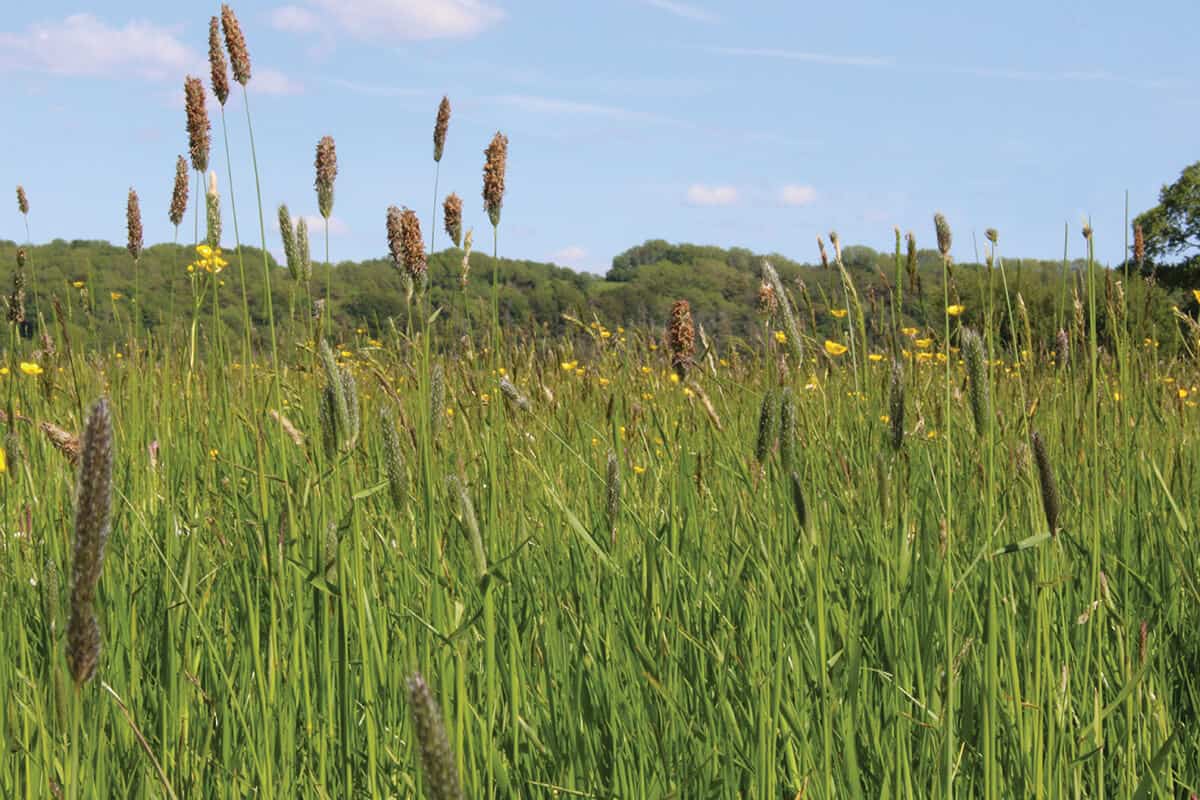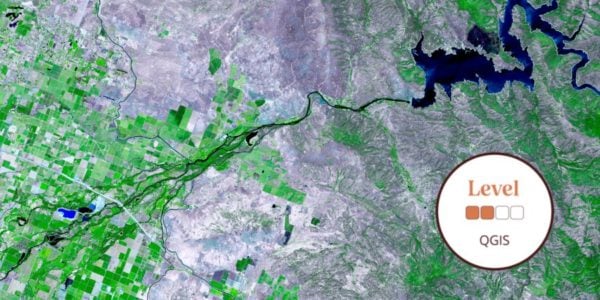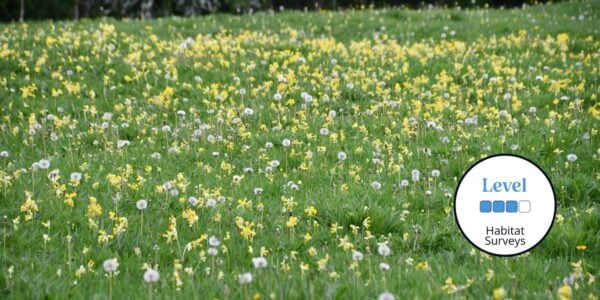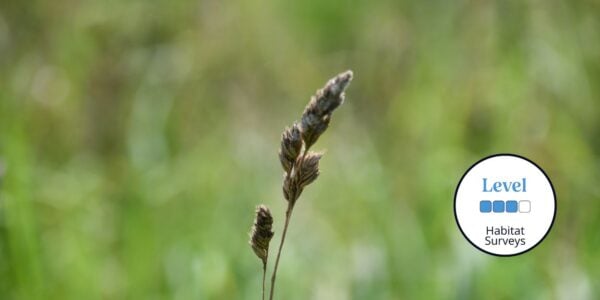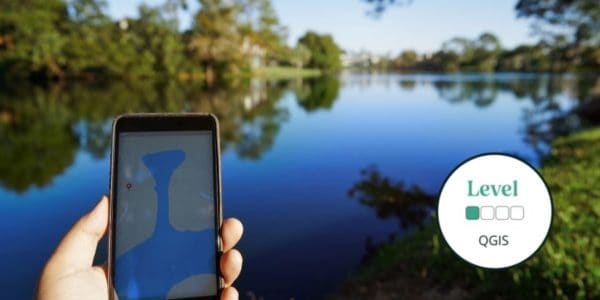The National Vegetation Classification (NVC) system is a key standard technique used by ecologists and conservation agencies to describe the various plant communities within Britain. This course will explain the methodology behind the technique, awarding you with the skills needed to classify a range of communities with a focus on identifying all-important indicator species.
Grasslands are intricate systems composed of communities of species determined by factors such as drainage, nutrient status, altitude and management. This course will introduce you to a range of different communities and explore the tools and techniques available to support correctly classifying a community. You will take a deep dive into phytosociology, different habitats and their characteristic species, and how to identify them using a range of survey techniques. You will also cover different methods of analysing collected data and how to interpret results to create a report.
Your course will take place at the Preston Montford Centre which is nestled in the heart of Shropshire and surrounded by a diverse natural environment to immerse yourself in, including the River Severn and semi-ancient woodland.
Tutor: John Handley
John is the Director of CH Ecology, an independent ecologist and consultant, providing surveys and training on behalf of conservation agencies and Local Authorities. John has a background within amenity horticulture as a Technical Manager, providing advice and training to Local Authorities, prominent sports facilities and private land owners. John is an enthusiastic communicator and botanist.
Example Timetable
Timetable
This timetable is subject to change but should give you a good idea of what to expect from the course.
Friday:
Please arrive in time for the evening meal at 18:30pm
Evening
Introduction to the NVC: The history of phytosociology; why it was created; the methodology for use over the next two days; questions; identification of acid grassland species.
Saturday:
Morning
Classroom: Identifying plants: populating floristic tables; how to use a key; how to use a hand lens; using domin values to record abundance data; maps and equipment; safety in the field.
Afternoon
Looking at acid grassland: where to locate a quadrat; practice using keys for grasses and herbs; what should be recorded?; the importance of recording data efficiently and accurately on site.
Evening
Why there is a need to classify vegetation types - the ecological hierarchy; collating the data that has been recorded today to create a floristic table; introduction to the key in the NVC Handbook.
Sunday:
Morning
Looking at mesotrophic grassland: practice using keys for grasses and herbs; recording quadrats; mapping.
Afternoon
Looking at calcareous grassland: practice using keys for grasses and herbs; recording quadrats; mapping and the story.
Evening
Classroom: collating the data that has been recorded today to create a floristic table.
Monday:
Morning
Using MATCH, TABLEFIT and MAVIS to analyse the data that was collected yesterday; interpreting the data and results; report writing.
Afternoon
Classroom: where next for the NVC?; focus on the assessment.
What's Included
What’s included?
- Classroom learning covering the theory of the subject
- Field excursions to apply new knowledge
- Expert tuition for which we are renowned
- Clear objectives and progression
- All meals provided
You can rest assured that the absolute best content from an expert in environmental education will be provided. In choosing this course, you will be joining thousands of people who learn with us each year.
For course bookings including full board accommodation, please note bathroom facilities maybe be shared.
Before You Attend
What to Bring
- Normal field work clothing, walking boots/wellingtons and waterproofs plus a small rucksack
- Plant identification books
- Clip boards/weather writers
- Hand lenses (preferably x20) – Available from the Centre Shop
- Any plant ID field guides
- A sandwich box and a vacuum flask, are very useful.
Recommended Reading
- Rodwell, J.S. ed. (1991) British Plant Communities Vol.3 Grasslands and Montane Communities. CUP
- Rodwell, J.S. ed. (2000). British Plant Communities. Vol. 5 Maritime communities and vegetation of open habitats. CUP
- FSC Foldout chart: Plant identification for Phase 1 habitat survey. Grassland and marsh.
- Wallace, H. and Prosser, M (2017). A review of the National Vegetation Classification for the Calthion group of plant communities in England and Wales. Natural England Joint Publication JP021. Available to download here.
- Please bring copies with you if you have access to them.
Sorry this course booking is closed

